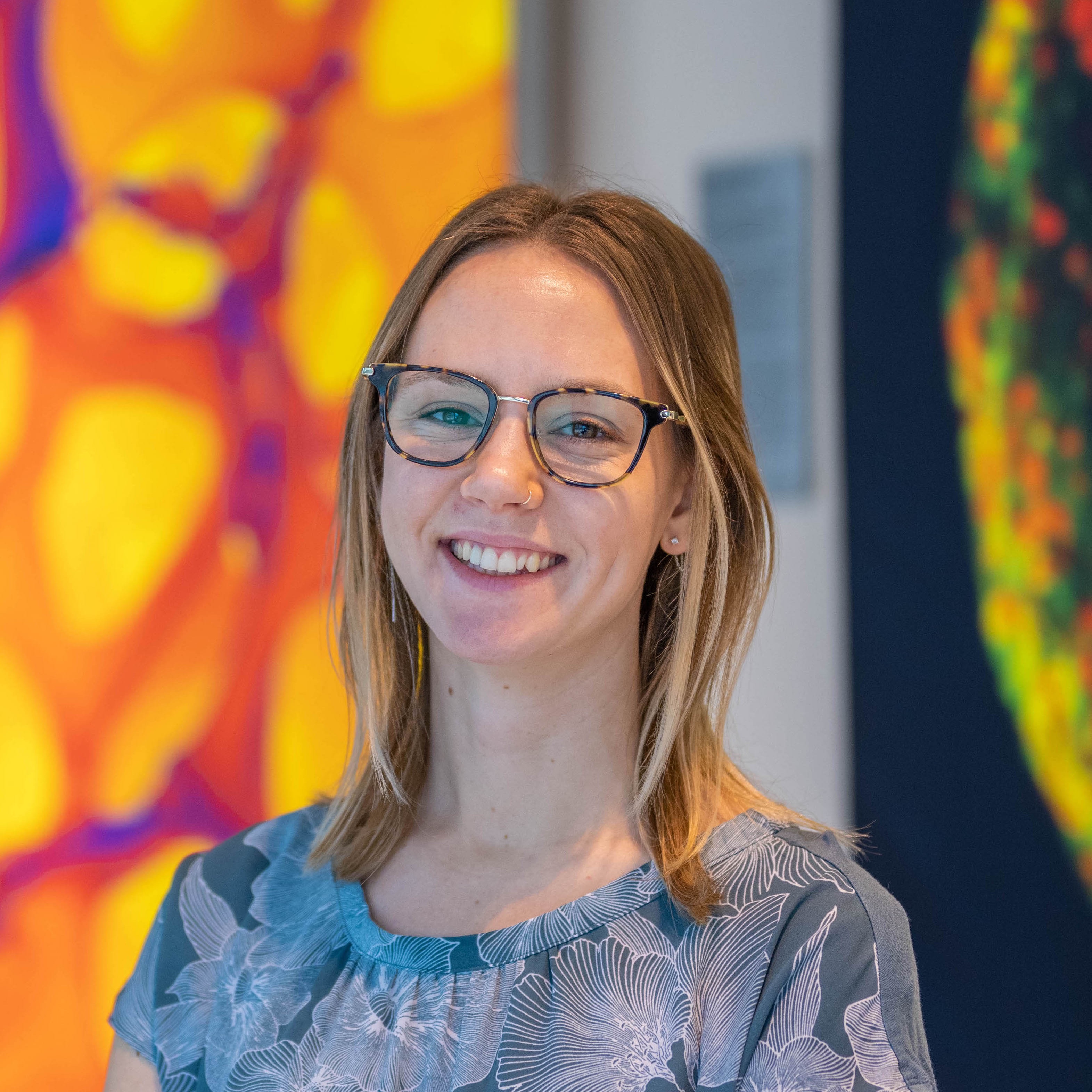About This Project
Developing plastic-degrading enzymes that function at marine conditions would allow us to use them directly in the ocean, breaking down existing plastic waste, converting it into useful metabolites and/or inert compounds, and beginning to reverse the detrimental effects that plastics have had on our marine ecosystems. This project proposes the first step in doing just that- the adaptation of plastic hydrolases for optimized activity and stability at marine conditions for in situ bioremediation.
Ask the Scientists
Join The DiscussionWhat is the context of this research?
Plastic accumulation in our oceans poses a significant threat to the health of marine ecosystems and humans (1). Plastic pollution rates are currently around 0.7 million metric tons (Mt)/year and predicted to reach 60 million Mt/year by 2030 (2,3). This plastic pollution contributes to biodiversity loss, resulting in irreparable damage to the stability of aquatic ecosystems and the oceans (4,5). Even the most ambitious waste reduction efforts will not prevent further marine plastic accumulation and strategies to remove the plastic will be essential to restoring the health of our oceans (6). However, physical removal is infeasible due to the quantity, small particle size, and distribution of plastic waste, and such a cleanup project would be incredibly cost and energy intensive (7).
What is the significance of this project?
An eco-friendly alternative to physically removing marine plastics is in situ enzymatic degradation, which would produce significantly less emissions and not require further waste management. While natural plastic biodegradation does happen, the time-scales are too slow to significantly reduce plastic contamination levels (8). Several of the organisms and their enzymes responsible for this degradation have been identified (9,10). The capabilities of these hydrolases to degrade plastic have been demonstrated in the lab setting, but most require non-ambient conditions, such as high temperatures, for reasonable efficiencies (10). These enzymes could provide a solution to marine plastic pollution at a global scale if they can be engineered for high stability and activity at marine conditions.
What are the goals of the project?
Initial efforts should focus on poly(ethylene terephthalate) (PET) degradation with PETase, as it is well characterized and functions at moderate temperatures (11,12). The optimized PETases should be at least as stable and active as the leading PETases: HotPETase (13), FAST-PETase (14), DuraPETase (15), and others (16), but at marine conditions. Based on current literature, these marine-optimized enzymes should be active for at least 10 days at 10-30°C, pH 8-9, and 35-37 practical salinity units (PSU) (17,18) and achieve at least 15% conversion (15) for PET up to 30% crystallinity (19). However, determining specific activity benchmarks will first require quantification of the catalytic rates of the current PETases since their activities are reported as the amount of monomer produced.
Budget
n/a
 Project Timeline
Project Timeline
n/a
Dec 01, 2024
Project Completion
Meet the Team
Brianna Lax
I have always been passionate about the environment, but only when I became a protein engineer did I feel equipped to develop technologies that could improve the sustainability of our society. Although I am a protein engineer by vocation, I am formally trained as a chemical engineer. I received my bachelor’s degree from the University of Michigan in 2017 and my PhD from the Massachusetts Institute of Technology in 2023, both in chemical engineering.
My thesis work was conducted in the lab of K. Dane Wittrup at the Koch Institute for Integrative Cancer Research and focused on the use and adaptation of protein engineering technologies for cancer immunotherapy. I acquired extensive experience in yeast display, protein expression and purification, cell culture, mutational analysis, multicolor flow cytometry, and mouse models. My thesis elucidated the mechanism of anti-CTLA-4 antibodies, checkpoint inhibitors that revolutionized cancer treatment and won the 2018 Nobel Prize.
I was also part of two collaborations utilizing enzyme engineering for cancer immunotherapy. The first was the development of an enzyme-fusion therapy for targeted killing of regulatory T cells. The second was the development of a yeast display library and screening protocol for directed evolution of the cleavage motif of a serine protease. These projects provided me with skills necessary for this project and shaped both my excitement about enzymes and my belief that they will be an essential part of a sustainable society.
I just started as a postdoctoral researcher in the Enzyme Engineering and Structural Biology group led by Ditte Welner at the Novo Nordisk Foundation Center for Biosustainability at the Technical University of Denmark (DTU Biosustain). This training will serve as a bridge between my doctoral research and my aspirations of leading my own research group focused on engineering enzymes for addressing sustainability-related issues.
Project Backers
- 0Backers
- 0%Funded
- $0Total Donations
- $0Average Donation
